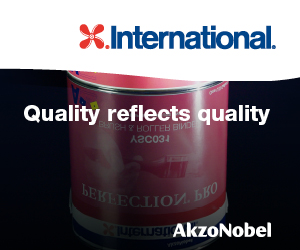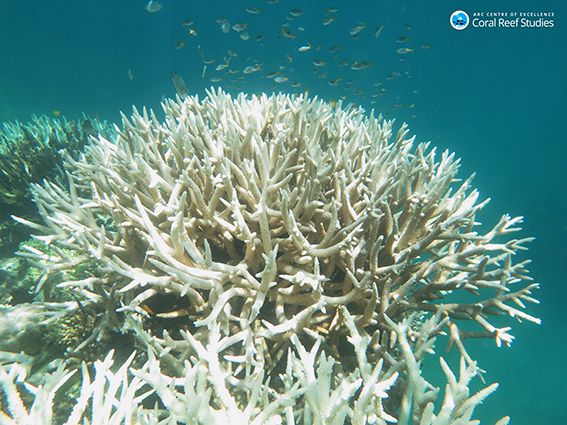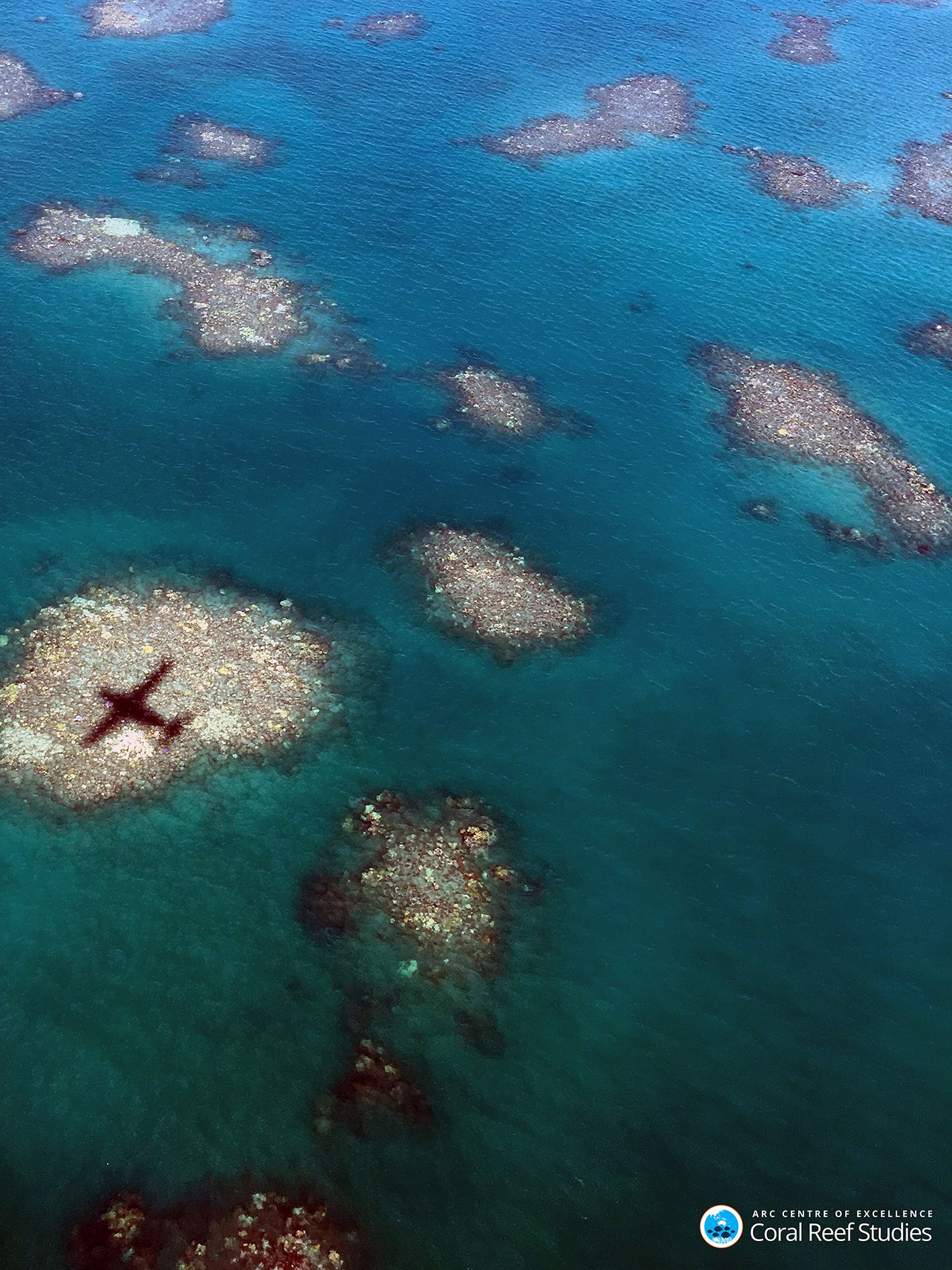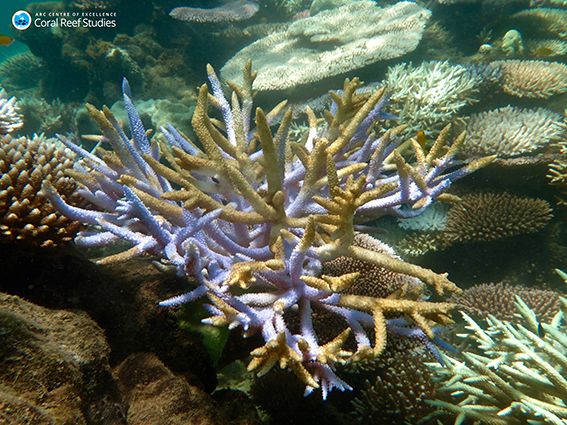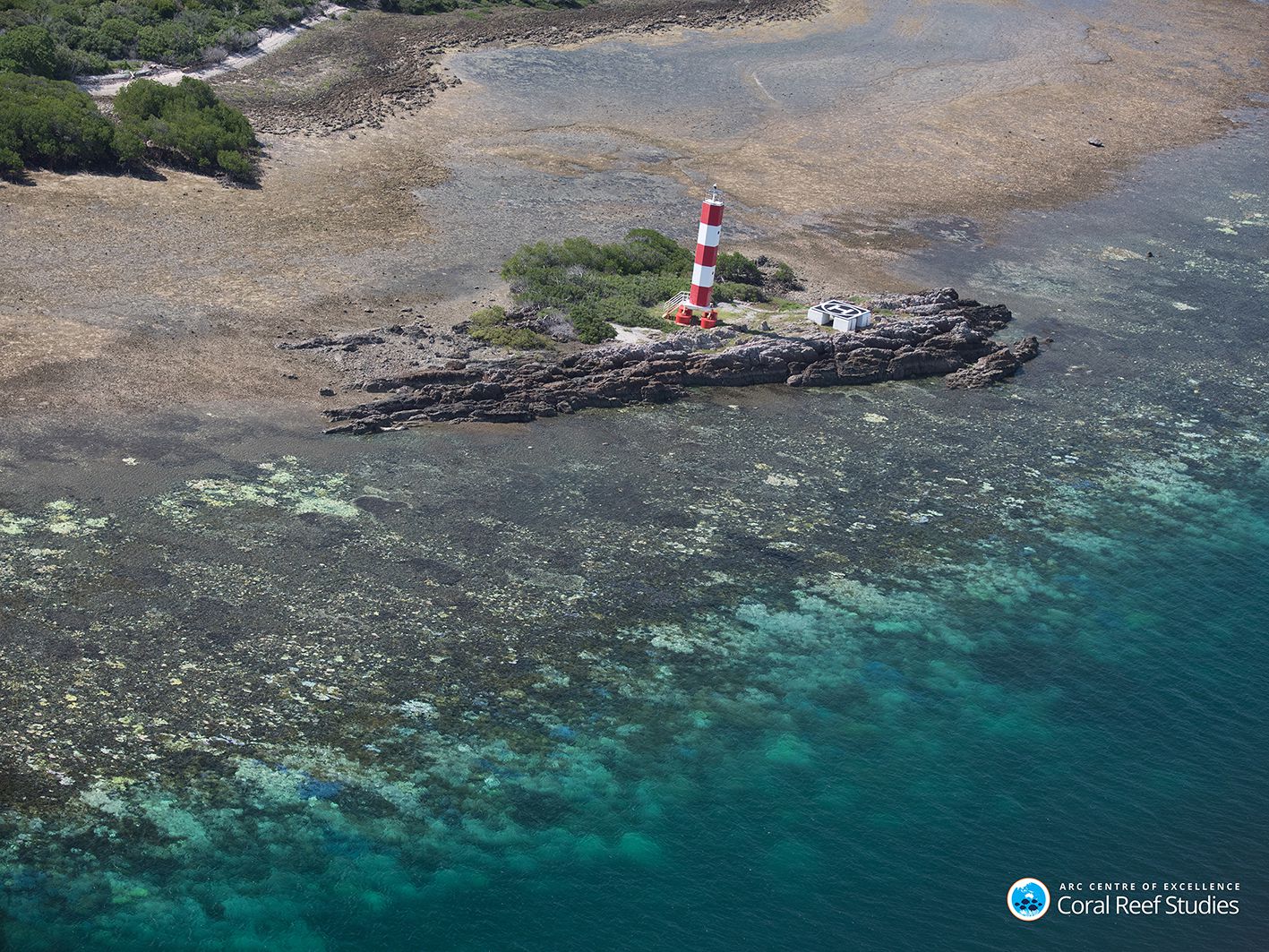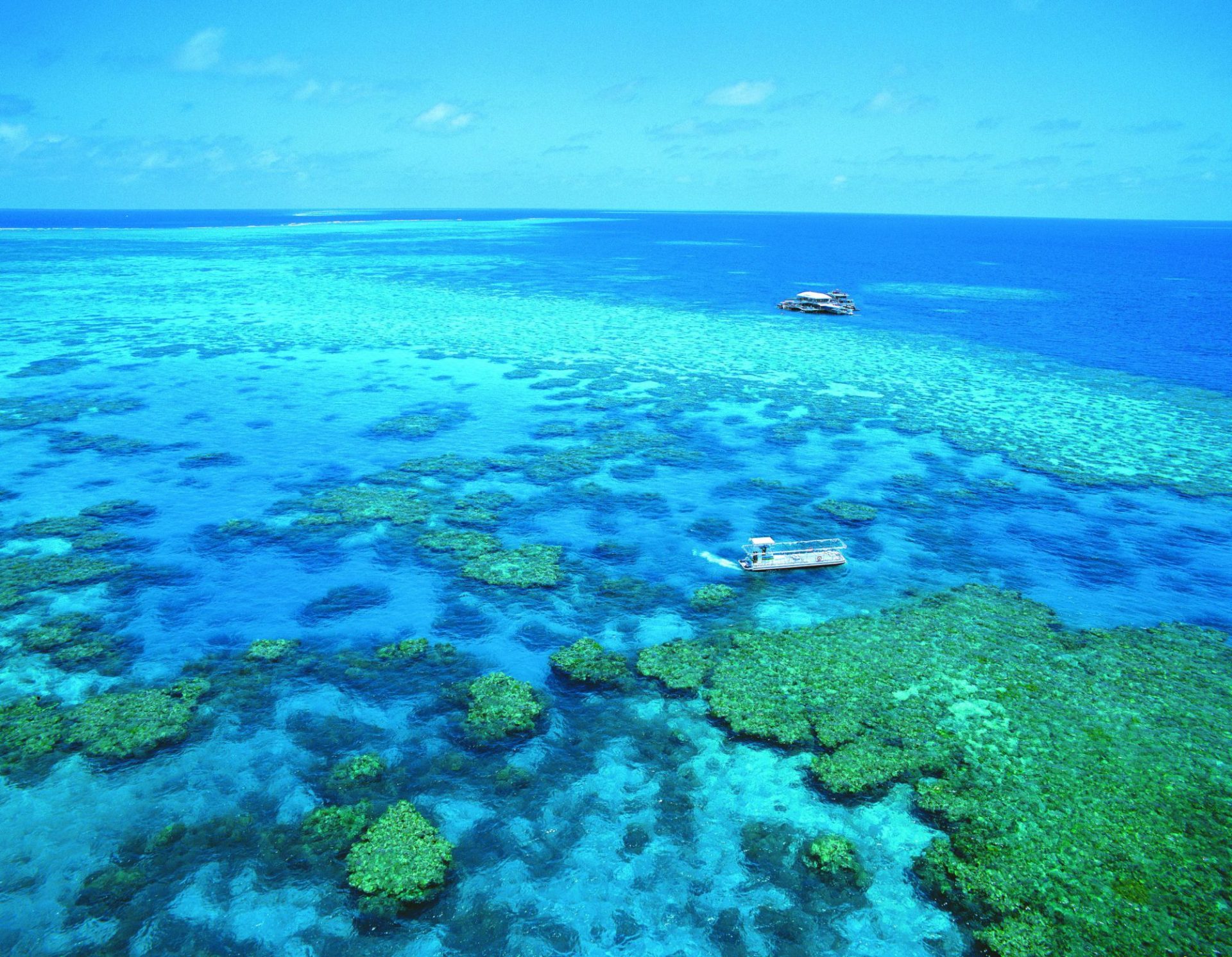Silver lining for the Reef
Scientists are considering brightening the clouds above the Great Barrier Reef as a stop-gap measure for cooling the waters below.
Written by Jeni Bone
Photography by GBRMPA/AIMS/ARC
29 April 2017
Researchers are looking at the idea of making the clouds above the Great Barrier Reef brighter in order to cool it down.
A team at the Sydney Institute of Marine Science is investigating marine cloud brightening to expand and brighten the clouds above the reef in a bid to cool the ocean below.
“All our preliminary calculations so far suggest that it is plausible,” said Dr Daniel Harrison, a research associate with the Ocean Technology Group at the University of Sydney.
Marine cloud brightening is the process of making larger and more reflective clouds over the ocean to cool the water underneath.
Dr Harrison explained it in layman’s terms: “If you’re in a hot sunny day and a cloud comes across overhead, you can feel right away there’s quite a lot less heat coming through.”
The Great Barrier Reef is one of the natural wonders of the world, but with two-thirds of the reef already damaged, marine scientists fear the entire system has reached a critical tipping point.
This would likely work by spraying salt particles that are just large and abundant enough to brighten low-level marine clouds that tend to hover around coastlines. The salt would promote droplet formation and lead to larger, denser clouds.
Dr Harrison and his team considered several other approaches, including pumping cool water onto the reef in a bid to cool it during times of extreme heat.
But they believe the cloud-altering technology is the most promising and environmentally benign option for preserving the reef.
“If we can make just a little bit less heat over the reef for a few months during an El Nino year, when it’s at most risk of getting bleached, we should be able to cool the water a degree or two, which is enough to prevent most of the damage,” he said.
“Maybe we can cool the entire planet by brightening the clouds?” he added.
The idea that scientists can counteract the damages of global warming by re-engineering the climate is not new.
In the past, researchers have used salt particles to brighten low-level clouds, which promote droplet formation and lead to bigger and denser clouds.
But it is believed to be the first time a geo-engineering solution such as cloud brightening has been considered for the Great Barrier Reef.
“If we can’t get emissions under control, maybe we can cool the entire planet by brightening the clouds.
“But nobody has thought about applying it to a small local area of a coral reef to prevent bleaching before. It might be the only way to save the reef.”
Aerial surveys conducted earlier this year by the ARC Centre of Excellence for Coral Reef Studies show the bleaching of coral in the Great Barrier Reef is much worse than first thought.
The northern sections of the reef were badly damaged by excessively hot conditions in 2016 and the new surveys reveal that the bleaching has now spread to the middle section of the reef.
Dr Harrison has warned any move to brighten clouds above the reef is a temporary, stop-gap measure only, while the real focus needs to be on reducing carbon emissions.
“If we don’t reduce emissions then I don’t think the reef really has much chance of surviving in its current configuration at all,” Dr Harrison said.
“At the moment, we’ve only experienced a little bit less than 1 degree [Celsius] of average global temperature rise. So if you can imagine how badly this is affecting the reef now, at 1.5 or 2C the reef has no chance. Which is why — although we wouldn’t want to have to do these geo-engineering ideas and deliberately make clouds over the reef if we didn’t have to — we think we need to look into this because it might be the only way to save the reef.”


